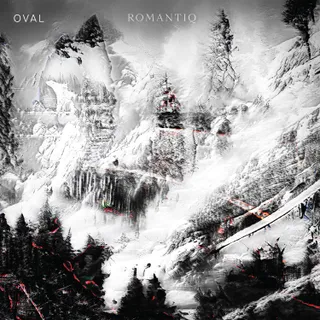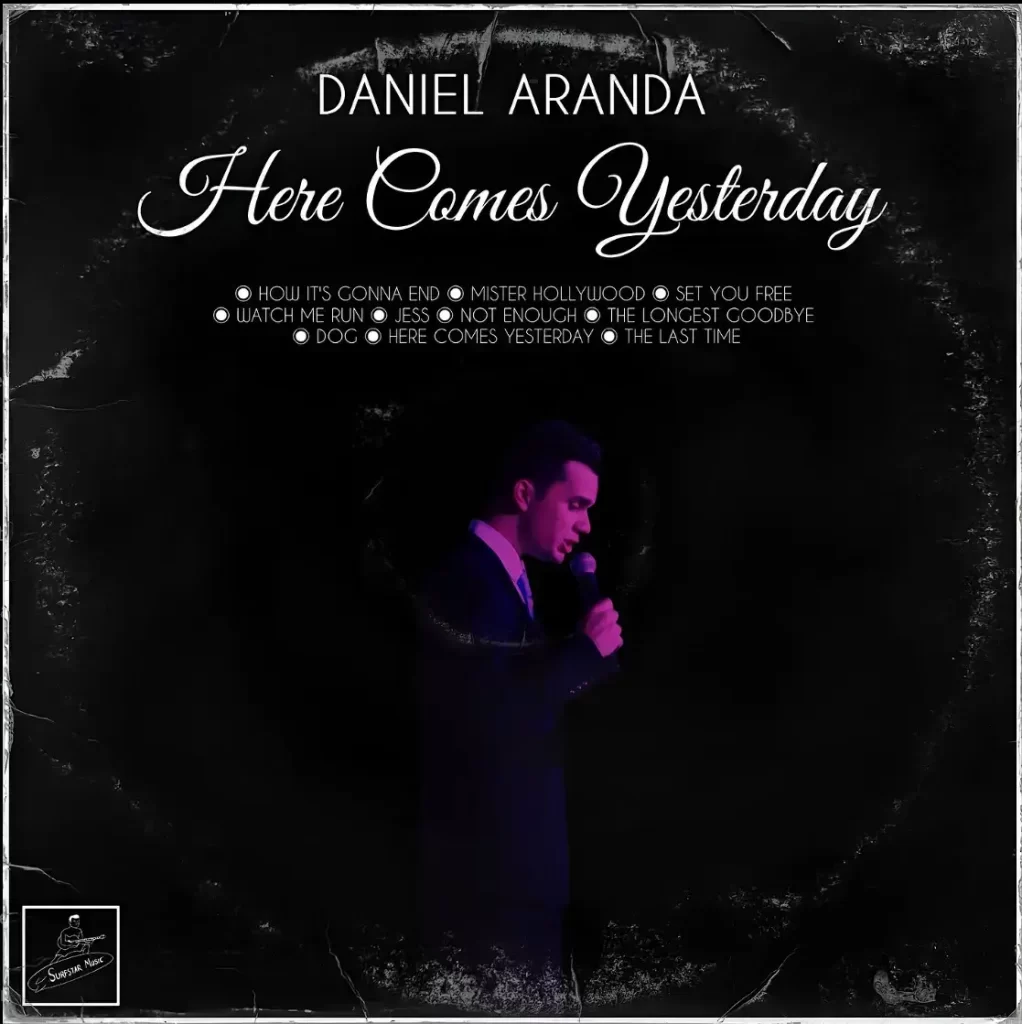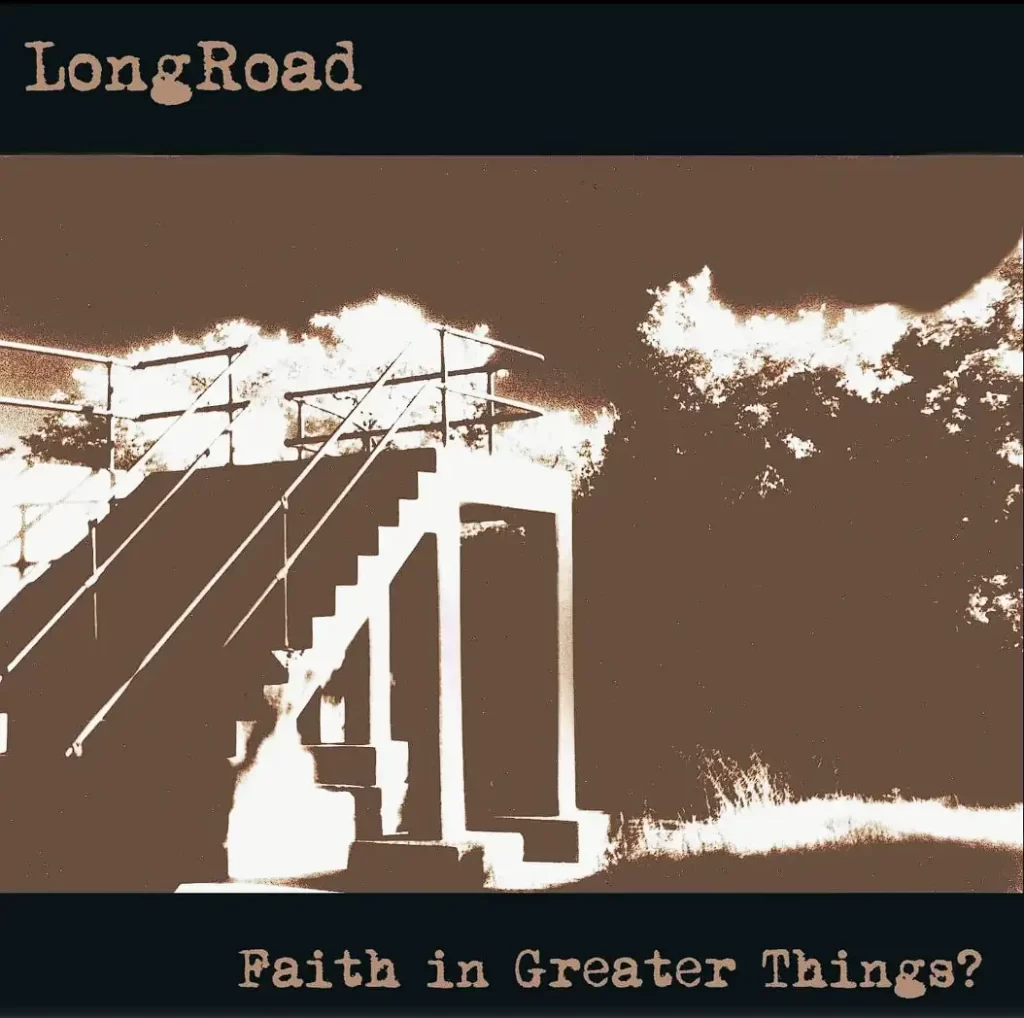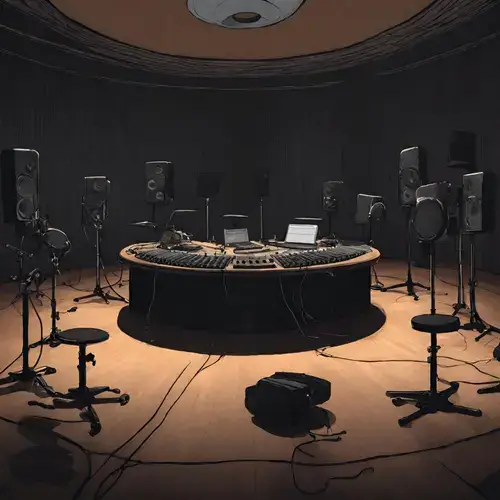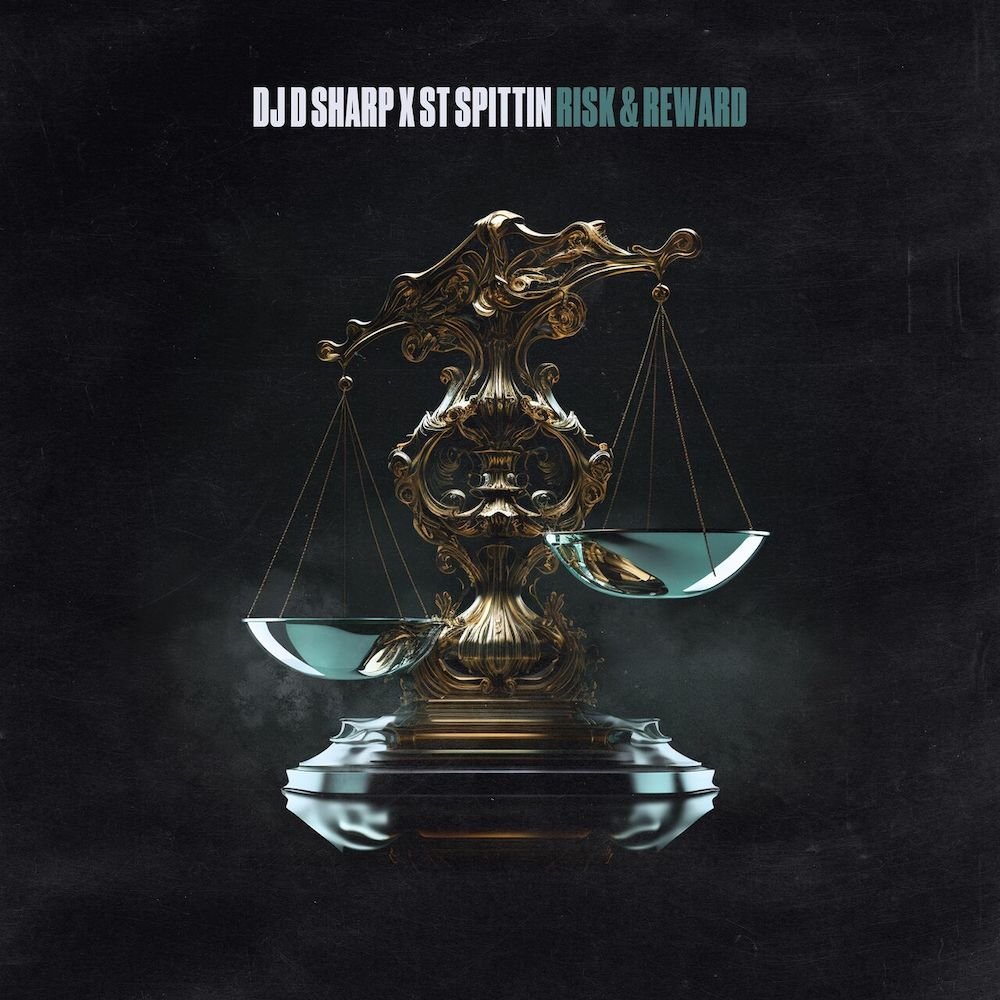Romantiq, the newest album by German disc whisperer Markus Popp, better known as Oval, is a captivating exploration of the music of the Romantic Period filtered through the mind of someone who doesn’t consider themselves a musician. Popp, who modestly claims to be a mere beta-tester of software, presents a logical conclusion of electronic music that transcends the realm of AI-generated sound. His work, crafted with cold and unfeeling hardware, astoundingly manages to sound not only awesome but also remarkably beautiful. Romantiq serves as a constant reminder to seek beauty in all aspects of life, even in the silicon that quietly powers our world.
The genesis of Romantiq traces back to an audio-visual collaboration between Popp and artist Robert Seidel, intended to celebrate the opening of the German Romantic Museum in Frankfurt. The album cover captures a still from Seidel’s mesmerizing projections, which served as inspiration for the project. Popp’s creative process expanded beyond mere thematic resonance, as he delved into 19th-century art, music, literature, and architecture to construct a vast and captivating world within the album. It may seem peculiar that computer-generated music can spiritually encapsulate the warmth and emotionality of Romanticism’s various artistic forms, but the effectiveness of this fusion defies easy explanation.
Romantiq deliberately shatters expectations, deconstructing its influences and reconstructing them in unrecognizable ways. Popp masterfully blurs the lines between skittering beats and manipulated harpstrings, challenging our perceptions. Is the vocal sample on the opening track, “Zauberwort,” truly a vocal sample, or do we perceive it as a fusion of electronic textures? The album intermittently punctuates the commotion with moments that ground us, like the ethereal flutes on “Glockenton” or the delicate interplay of bells and violins on “Okno.” However, these grounding elements are sparingly deployed, subtly anchoring the listener without overwhelming them. Among the tracks, “Wildwasser” emerges as a true masterpiece, stripping away glitchy artifice to reveal an enchanting combination of strings, piano, and a steadily-growing drone reminiscent of extended piano notes. Its delicate brilliance threatens to envelop the listener in a world of shimmering wonder.
Interestingly, the initial intention behind these compositions was to create music that complemented the ambiance of the German Romantic Museum, invoking emotional responses aligned with the museum’s artwork. Popp, functioning more as an emotional vulnerability tester than a traditional producer, crafted vignettes designed to permeate our mental landscapes and evoke profound reactions. Romantiq harnesses the power of an era steeped in artistic expression and the exploration of raw emotions, offering listeners a pathway to their own emotional well-being.
The impact of Romantiq may vary depending on one’s familiarity with the Romantic Period. For those unfamiliar with its sounds and artwork, the album may not inspire a deep dive into the era’s history. Nevertheless, the mesmerizing oddity of tracks like “Cresta” and “Touha” captivates, enticing the listener with textures and sounds that blur the line between familiarity and curiosity. Romantiq remains a compelling listening experience, even for those unacquainted with the nuances of Romantic-era art and glitchy electronica. It is a testament to the album’s allure that enthusiasts from both camps can unite in marveling at its glitchy treasures, losing themselves in the intricate web of textures and sonic landscapes that Popp has masterfully crafted.
